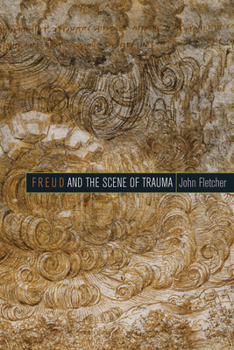Freud and the Scene of Trauma
Select Format
Select Condition 
Book Overview
This book argues that Freud's mapping of trauma as a scene is central to both his clinical interpretation of his patients' symptoms and his construction of successive theoretical models and concepts to explain the power of such scenes in his patients' lives. This attention to the scenic form of trauma and its power in determining symptoms leads to Freud's break from the neurological model of trauma he inherited from Charcot. It also helps to explain...
Format:Hardcover
Language:English
ISBN:0823254593
ISBN13:9780823254590
Release Date:December 2013
Publisher:Fordham University Press
Length:336 Pages
Weight:1.40 lbs.
Dimensions:1.0" x 6.1" x 9.0"
Customer Reviews
0 rating





